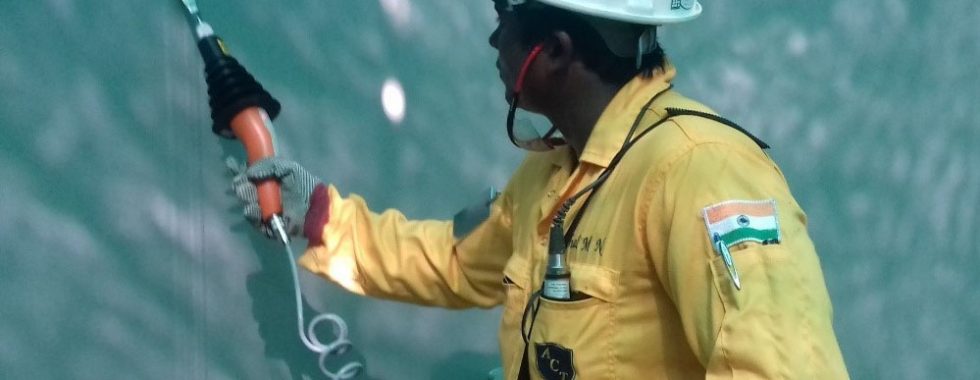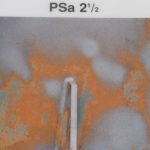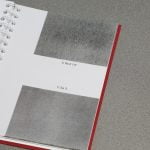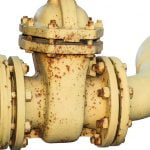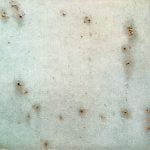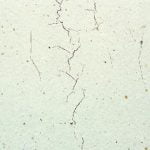Holiday time…
A holiday detector – also referred to as a holiday tester, porosity detector, pinhole tester or spark tester – is an instrument used to test and detect flaws in coatings on conductive substrates.
There are three types of holiday detector available: low voltage wet sponge type (9 – 90 volts); DC high voltage type – constant or pulse (500 – 40,000 volts); and AC high voltage type (5,000 – 60,000 volts). You should always check the manufacturer’s manual for information on how to set up and use the equipment properly.
A low voltage detector is a simple, accurate and versatile tester that has a sponge attached to the handle. This is saturated with a conductive liquid; usually water then moved over the coated structure under test. If the liquid makes contact with the substrate via a fault in the coating, then a current will flow, activating a visual and audible alarm within the instrument. Before using the equipment it’s important to set it to the correct levels, check it’s working properly and once in use, continuously check to ensure the sponge is moist.
When it comes to high voltage the options are high-frequency AC, pulsed DC and continuous DC. The most common type in use in the protective coatings industry is the high voltage DC version, which works by detecting the current flow in a circuit when the probe passes over a defect. An inbuilt audible and visual alarm will then signal, identifying a defect or fault in the coating under test. If nothing is detected, the coating prevents the flow of current and no alarm sounds.
Several probes are available for different types of uses. These include rolling springs, right angle wire brushed and rubber probes for flat surfaces, bronze/copper bristle brushes for glass flake coatings, and circular brush probes for internal detection.
Consideration must also be given to several important factors when undertaking holiday detection. These revolve around health and safety, standards and specifications including, ASTM D5162 Standard Practice for Discontinuity (Holiday) Testing of Nonconductive Protective Coating on Metallic Substrates; NACE RPO 188 SP0188-206 (formerly RP0188), Discontinuity (Holiday) Testing of New Protective Coatings on Conductive Substrates; ISO 29601 Paints and varnishes – Corrosion protection by protective paint systems – Assessment of porosity in a dry film and ASTM D4787 Standard Practice for Continuity Verification of Liquid or Sheet Linings Applied to Concrete Substrates.
For further advice and guidance on using holiday detectors, refer Fitz’s Atlas of Coating Surveys at https://fitzsatlas.com/

